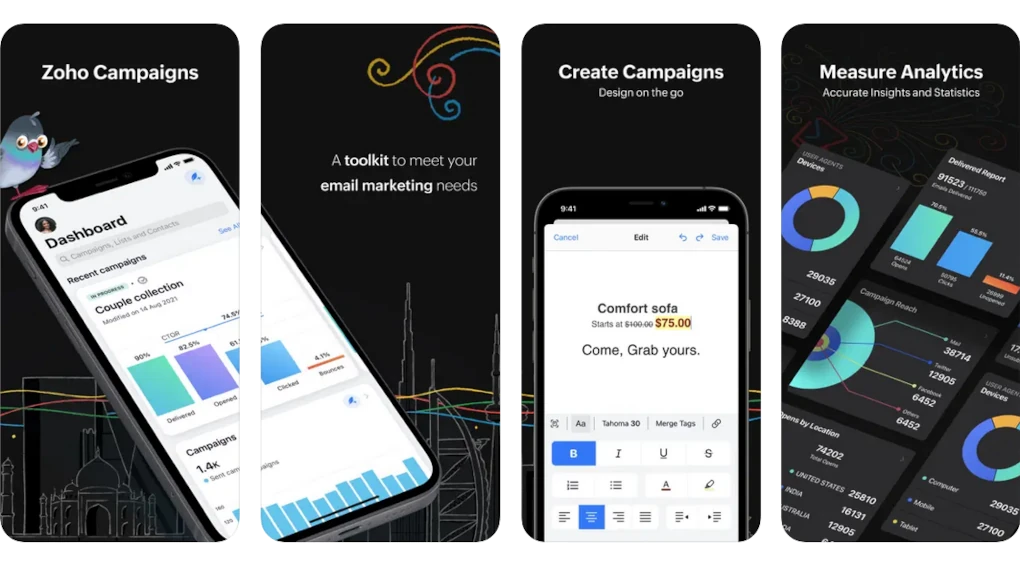Email is Powerful...
...but unforgiving.
Great email feels personal, timely, and relevant; bad email feels spammy, late, and self‑centered. Use the quick table below to keep campaigns on the right side of the line.
Or, let Zoho Campaigns do the heavy lifting for you.

To learn more about email marketing with Zoho
Schedule a Free Consultation